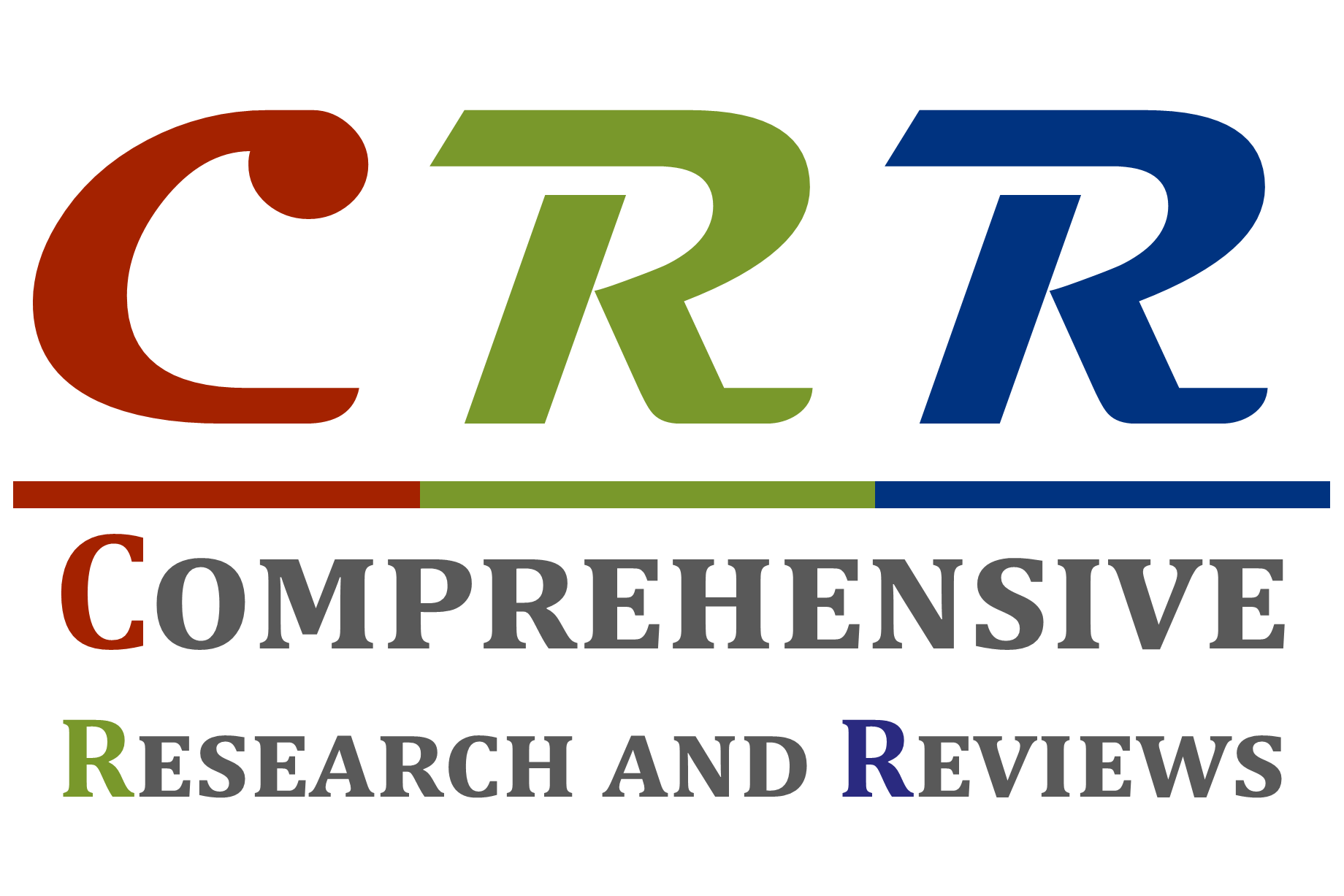AI-driven health data analytics for early detection of infectious diseases: A conceptual exploration of U.S. public health strategies
1 Independent Researcher, Louisville, KY, USA.
2 University of Akron, School of Nursing, USA.
3 Life's Journey Inc. Winnipeg, Manitoba, Canada.
4 Enugu State University Teaching Hospital, Parklane, Enugu, Nigeria.
Review
Comprehensive Research and Reviews in Science and Technology, 2024, 02(02), 074–082.
Article DOI: 10.57219/crrst.2024.2.2.0038
Publication history:
Received on 22 September 2024; revised on 01 November 2024; accepted on 04 November 2024
Abstract:
This review paper explores the role of AI-driven health data analytics in enhancing the early detection and response to infectious diseases within U.S. public health strategies. It begins by outlining the importance of timely detection in controlling outbreaks and discusses current public health systems and their limitations, including passive surveillance and data fragmentation. The paper highlights innovative AI technologies such as machine learning, natural language processing, and predictive modeling, which can significantly improve disease monitoring and forecasting. By analyzing vast datasets in real time, these technologies facilitate quicker identification of emerging health threats and enable tailored public health responses. Furthermore, the review presents recommendations for integrating AI innovations into existing public health strategies, emphasizing improved data interoperability, investment in infrastructure, stakeholder collaboration, community engagement, and real-world pilot programs. Ultimately, the findings underscore the potential of AI-driven health data analytics to transform infectious disease management, thereby safeguarding public health.
Keywords:
Infectious disease detection; Public health strategies; Machine learning; Predictive modelling; Community engagement
Full text article in PDF:
Copyright information:
Copyright © 2024 Author(s) retain the copyright of this article. This article is published under the terms of the Creative Commons Attribution Liscense 4.0
